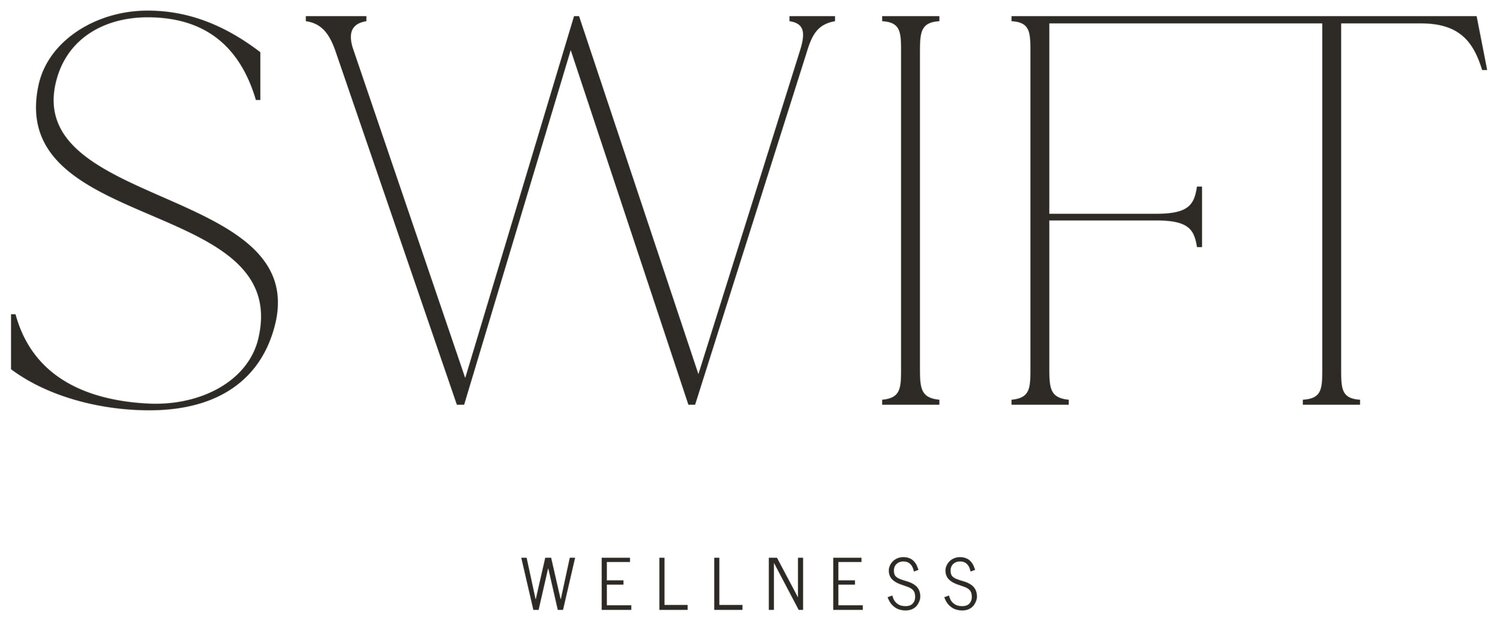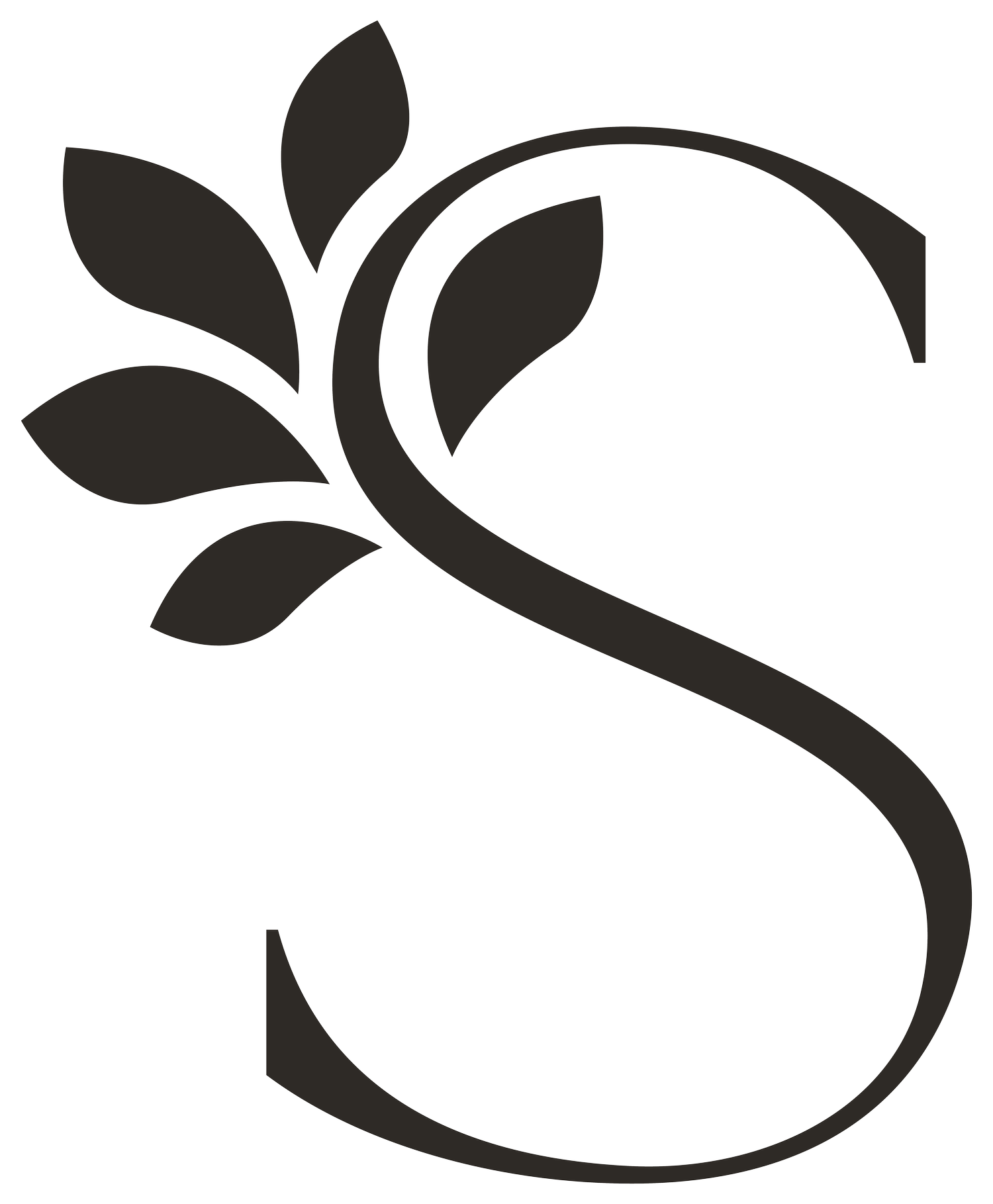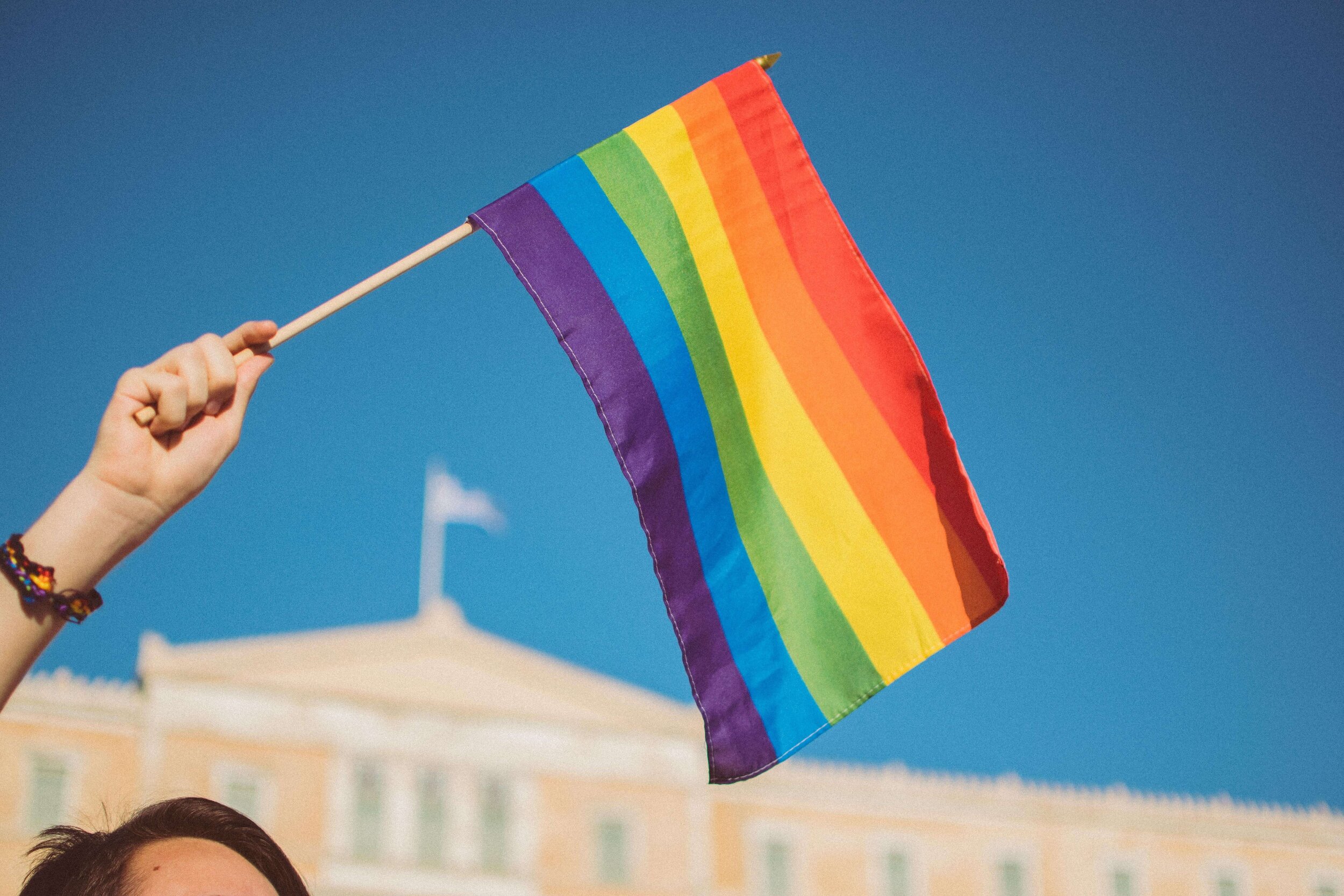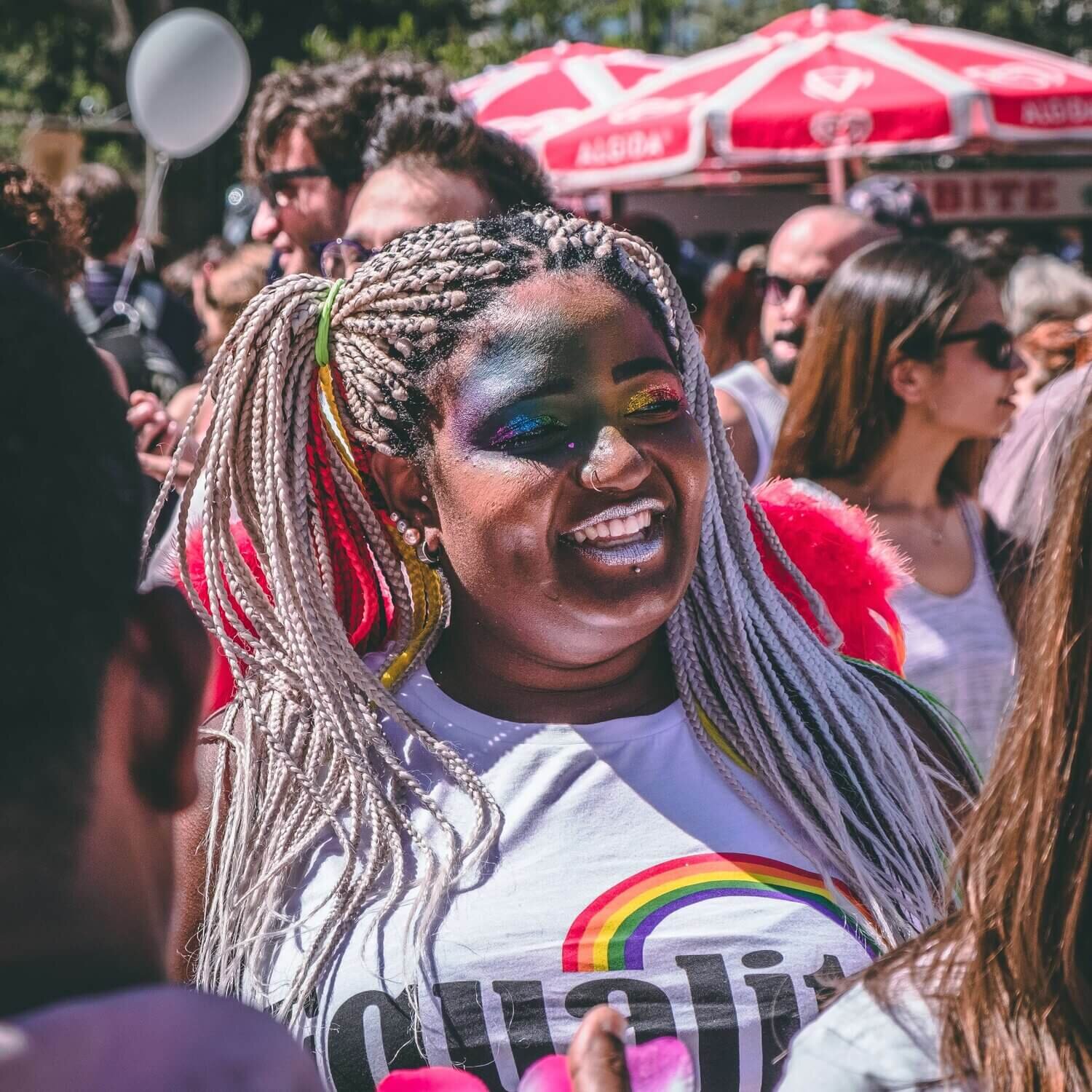Pride Month: What To Know About LGBTQIA + How To Support
June is Pride Month, where members of the LGBTQIA+ community celebrate the Stonewall Uprising in Manhattan and the catalyst for the Gay Liberation Movement in the United States. What started as a “Gay Pride Day,” has now expanded to an entire month as members of the community celebrate the impact that members of the LGBTQIA+ community have had on history. For those looking for more information on the LGBTQIA+ community and how to support during Pride Month, here is what you need to know.
How Did Pride Start?
On June 28, 1969, police raided the Stonewall Inn, a well known gay bar, in New York City. Upset with constant police raids, this incident sparked a riot that lasted for three days and is considered a pivotal moment in the gay rights movement. Modeled after the civil rights and women’s movements before it, two key organizations were formed, the Gay Liberation Front and the Gay Activists Alliance, and helped propel LGBTQIA activism forward.
Exactly one year later, in 1970, the first Pride parade was held in New York City, with roughly 3,500 participants. Today, the parades throughout the country can attract millions of people as they march in support of equal rights.
The History of the Rainbow Flag
The rainbow flag was originally created by Gilbert Baker, an openly gay activist, at the request of Harvey Milk, the first openly gay elected official in the United States.
While it has gone through my iterations since its introduction in 1978 to include underrepresented communities, the rainbow flag is generally accepted as a symbol of the overall community.
However, you may see many variations of the rainbow flag flown to represent different subsets of the LGBTQIA+ community. In June 2017, the city of Philadelphia released a variation of the rainbow flag with black and brown stripes to include persons of color.
In 2018, a new Progressive flag was created by Daniel Quasar to include details from both the Philadelphia flag and the trans pride flag to bring unity to the community. While using the common six-stripe rainbow design as a base, the "Progress" variation adds a chevron to the design to include black, brown, light blue, pink, and white stripes, representing marginalized people of color, trans individuals, and those living with HIV/AIDS and those who have been lost.
How do people celebrate?
Pride Month is a time, not only to celebrate with parades and parties, but to actively listen, learn, and educate yourself on the LGBTQIA+ community.
For those seeking to be an ally, consider:
Donating to LGBTQIA+ non-profits and groups.
Attend a Pride event
Learn and use inclusive language
Educate yourself on the correct use of pronouns. When in doubt, show respect by asking and using the correct identifiers.
Reading a book by an LGBTQIA+ author.
Volunteer your time
What LGBT Pride Month events will take place this year?
Due to COVID-19, many large Pride event have been canceled or postponed. However, many Pride events are celebrating online, by encouraging participants to join in virtual events. For a large list of virtual Pride Events and those happening near you, visit The International Gay & Lesbian Travel Association’s International Gay Pride Calendar.
Where can you donate?
Many of these charities strive to promote equality, eliminate discrimination, provide access to education and healthcare, and protect basic rights for the LGBTQIA+ community.
For those local to the Austin area:
Allgo
Celebrating and nurturing vibrant queer people of color communities in Texas and beyond.
ASHwell
Empowering central Texans by providing health and wellness services that serve the body, mind and spirit, regardless of status, station, or background, without shame, stigma or judgement.
Out Youth
Offering youth of all sexual orientations and gender identities a place where they are loved, acknowledged, and accepted for exactly who they are.
AIDS Services of Austin
Enhancing the health and well-being of the community and people affected by HIV and AIDS.
OUTsider
Austin-based transmedia non-profit that celebrates the bold originality and creative nonconformity of the LGBTQ+ communities through the presentation of provocative, overlooked and out-of-the-box film, dance, theater, performance art, music, writing and visual art. OUTsider Fest takes place in February.
KIND Clinic
A program of Texas Health Action, Kind Clinic provides sexual health services including PrEP and PEP access, STI testing and treatment, HIV testing & care for people living with HIV, and gender affirming care to Central Texans in need.
Queerbomb
A radically inclusive pride march and rally organized by and for Austin’s queer community in order to celebrate the beauty and diversity of our varied genders and sexualities.
Austin Black Pride
Austin Black Pride was not created to further divide, bash, or belittle non-Black LGBTQ communities; but to instead preserve the culture and history, while also celebrating the evolution of Black LGBTQ folk.
This list is far from extensive and many more can be found here.
The History of Pride + LGBTQIA+ movement
The history of the LGBTQIA+ community is a history rooted in oppression and discrimination, dating back to early history. The timeline below should help to shed some light on the progression that the community has made through the 20th and 21st centuries, including the repeal of “Don’t Ask, Don’t Tell” and the legalization of same-sex marriage.
LGBTQIA+ movement Timeline
First Recorded Raid
Police conduct the first recorded raid on a gay bathhouse in NYC.
Gay Rights
1910 - Emma Goldman first begins speaking publicly in favor of gay rights.
Society for Human Rights
The first gay rights organization in America is founded by Henry Gerber in Chicago.
Mona’s 400 Club
The first lesbian bar in America, opened in San Francisco.
International News
Iceland, Switzerland, Sweden decriminalize same-sex relationships.
The First Gay Organization
"COC" (Dutch acronym for "Center for Culture and Recreation”) is founded in the Netherlands. It is the oldest surviving LGBT organization.
Executive Order
President Dwight D. Eisenhower signs an executive order that bans gays from working for the federal government, saying they are a security risk.
State Law
Illinois becomes the first state to decriminalize acts between two consenting same-sex adults in private.
Canada
In March, Ted Northe founds the 'Imperial Court of Canada,' compromised primarily of drag personalities and becomes a driving force in the effort to achieve equality in Canada.
Police Raid
The Black Cat Tavern in Los Angeles is raided on New Year's Day. The raid prompted a series of protests, organized by P.R.I.D.E. (Personal Rights in Defense and Education). It's the first use of the term "Pride" that came to be associated with LGBTQ rights.
Stonewall Riots
After three days of riots, The Gay Liberation Front is formed in America, and it is the first organization to use "gay" in its name. This was considered the catalyst gay rights movement.
The First Pride Parade
The first Gay Liberation Day March is held in New York City; The first LGBT Pride Parade is held in New York.
The First Legal Sex Change
Sweden becomes the first country in the world to allow transsexuals to legally change their sex and provides free hormone therapy.
First Elected Official
Harvey Milk is elected city-county supervisor in San Francisco, becoming the first openly gay or lesbian candidate elected to political office.
First Gay Rights March
The first National Gay Rights March on Washington, D.C. is held.
Human Rights Campaign
The Human Rights Campaign Fund is founded by Steve Endean.
First Anti-Discrimination Legislation
Boulder, Colorado passes the first referendum to ban discrimination based on sexual orientation.
Canada
Canada ends ban on gays serving in the military.
Same-sex Marriage
The Netherlands become the first country to legalize same-sex marriage.
First Openly Transgender Mayor
Silverton, Oregon elects Stu Rasmussen as the first openly transgender mayor in America.
Don't Ask, Don't Tell Repealed
The ban on openly gay, lesbian, and bisexual people in the military in the United States ends.
Presidential Support
Barack Obama becomes the first U.S. president to publicly announce support for same-sex marriage.
Transgender Bathroom Use
Philadelphia passes one of the most comprehensive transgender rights bills, specifically addressing bathroom use.
First Openly Gay Federal Judge
Darrin P. Gayles becomes the first openly gay African-American man to be confirmed as a U.S federal judge.
Same-Sex Marriage in the US
The U.S. Supreme Court strikes down all state bans on same-sex marriage.
Military Discrimination
United States service members can no longer be discharged, denied reenlistment, involuntarily separated, or denied continuation of service because of being transgender. (President Donald Trump rescinded this right, again banning transgender people from the military as of April, 2019.)
LGBT City Council
America's first all-LGBTQ city council is elected in Palm Springs, consisting of three gay men, a transgender woman and a bisexual woman.
Openly Gay Presidential Candidate
Pete Buttigieg becomes the first openly gay Democratic presidential candidate in American history.
Gender Neutrality
Mattel launches the world’s first line of gender-neutral dolls.






